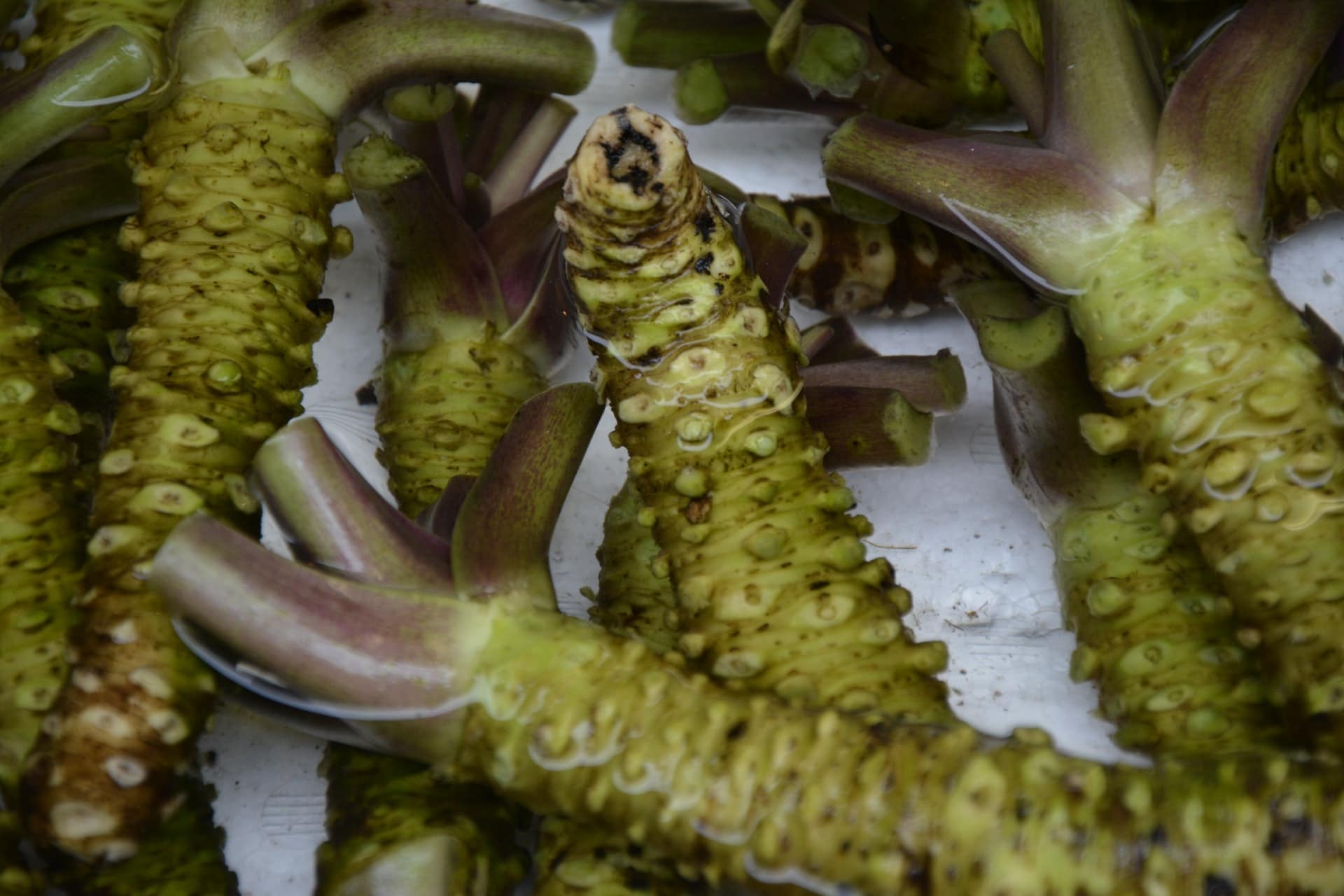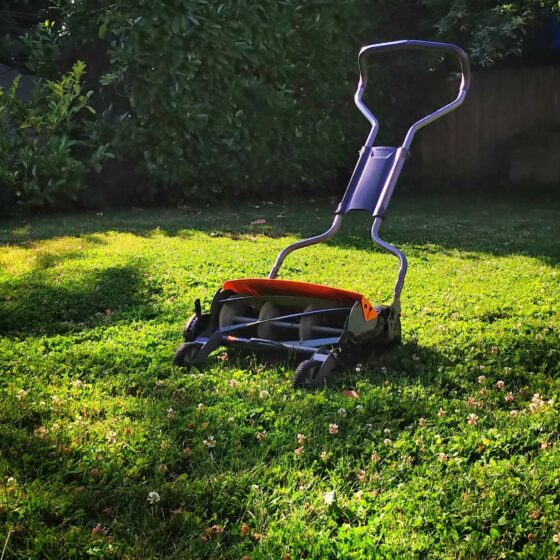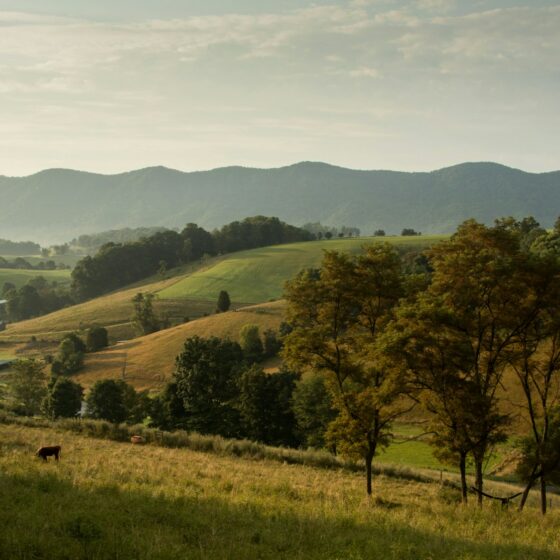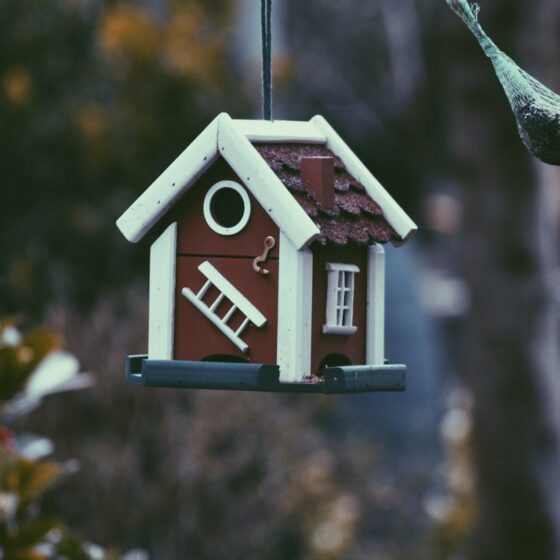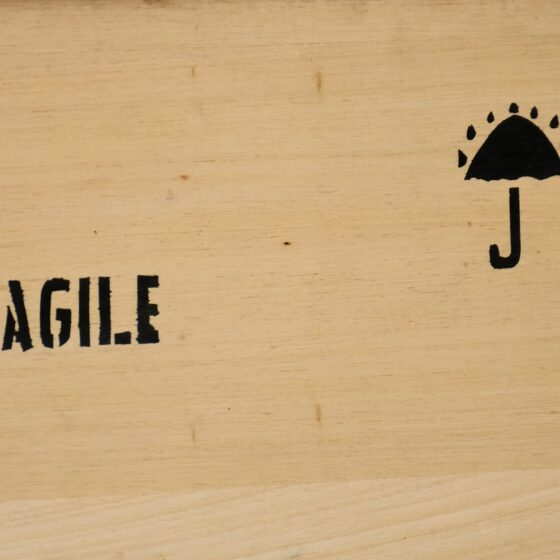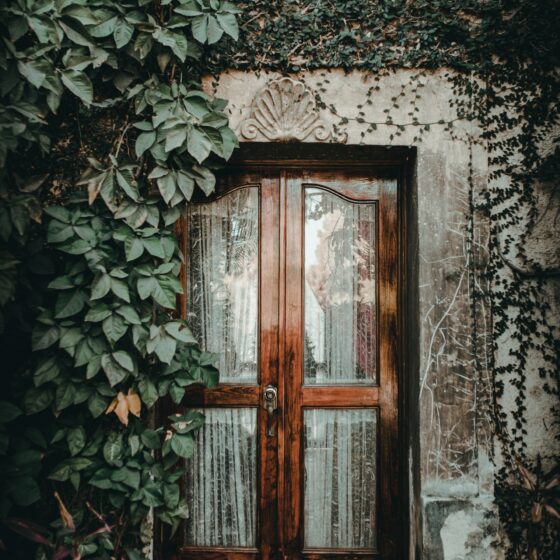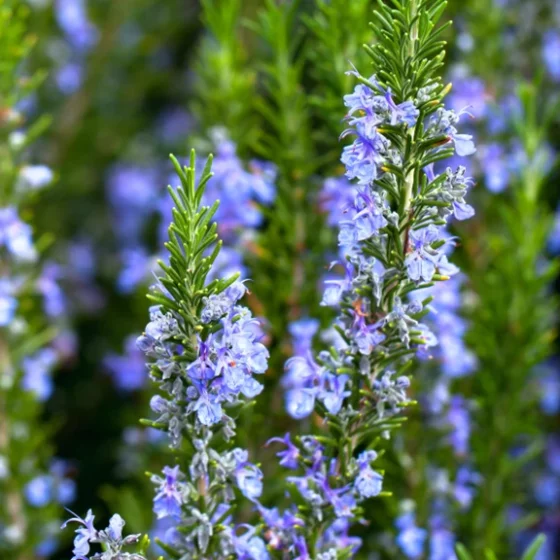If you’re looking for a unique and delicious way to spice up your meals, then you should consider growing wasabi. Wasabi is a traditional Japanese condiment that is made from the root of the wasabi plant. It has a spicy and earthy flavor that is perfect for adding excitement to sushi, rice bowls, and other dishes. Growing this plant can be a bit tricky, but with our tips on how to grow wasabi, you’ll be able to have a successful garden!
About the Wasabi Plant
The wasabi plant is a member of the brassicaceae family, which also includes cabbage, broccoli, and mustard. It’s native to Japan, where it has been cultivated for centuries. It grows in the mountains and is used to make the popular Japanese condiment of the same name.
Wasabi has a strong, pungent flavor that is often compared to horseradish or mustard. It’s commonly served as a paste with sushi or sashimi, and can also be used to flavor other Japanese dishes.
When to Plant Wasabi
While wasabi can be grown in a number of different climates, it thrives best in cool, humid conditions. For this reason, the ideal time to plant wasabi is in early spring, before the weather gets too warm.
Wasabi seeds are notoriously difficult to germinate, so your best bet is to start with young plants from a nursery. Plant the wasabi plants 18-24 inches apart, and water them well.
On the other hand, if you’d like to grow wasabi from seeds, you should start the seeds indoors about six weeks before the last frost date in your area. Be sure to plant the seeds in moist soil and keep them warm and humid until they sprout. Once the seedlings have grown a few inches tall, you can transplant them outdoors or into individual pots.
Growing Conditions
The wasabi plant (Wasabia japonica) can be grown indoors or out, but it prefers a shady spot with moist soil. In Japan, wasabi is grown under the shade of broad-leaved trees such as maples and chestnuts.
Light and Temperature Requirements
If you’d like to grow wasabi in your backyard, keep in mind that the wasabi plant grows best in shady, humid conditions with little direct sunlight. It is very sensitive to changes in temperature and light levels, so it must be carefully monitored during cultivation.
The ideal temperature for growing a wasabi plant is between 46 and 70 degrees Fahrenheit. Wasabi plants don’t tolerate frost. If you live in an area with a climate that is too hot or cold for the plant, you can grow wasabi indoors.
Soil Requirements
To grow wasabi, you’ll need soil that is rich in organic matter and drains well. Wasabi prefers slightly acidic soil with a pH between 6.0 and 7.0. So if your soil is not naturally acidic, you can add organic matter such as compost or peat moss to lower the pH.
Water and Humidity Requirements
If you’ve been growing lettuce or cabbage, you’ll know how to water wasabi properly. This plant also likes to grow in moist but well-drained soil. Therefore, water your wasabi plant regularly, making sure to keep the soil moist but not soggy. Water more frequently during hot, dry weather.
While wasabi doesn’t tolerate drought, keep in mind that over-watering can lead to problems like root rot.
The plant also needs a lot of humidity to thrive. The best way to achieve this is by growing wasabi in a greenhouse or misting the leaves daily.
Fertilizing Wasabi
It’s also important to fertilize your wasabi plants regularly. A good way to do this is to add compost or other organic matter to the soil around the plants. This will help to provide them with the nutrients they need to grow healthy and strong.
Wasabi plants generally don’t require frequent fertilization. A good rule of thumb is to fertilize every three to four months with a balanced fertilizer with an N-P-K ratio of 12-12-12 or similar.
It’s important to carefully follow the manufacturer’s instructions when applying fertilizer to wasabi.
How to Harvest Wasabi
Harvesting wasabi is a bit different than your typical gardening. For one, wasabi plants can take up to two years to mature, so patience is key. Secondly, the ideal time to harvest wasabi is in the early morning hours when the plant’s flavor is at its peak.
You can begin harvesting wasabi leaves after the plant has grown for about two months. The roots are ready to harvest after about 15 months to two years.
Cut the leaves off the plant using a sharp knife. Be sure to leave at least 2 inches of stem on each leaf.
To harvest the rhizome, carefully dig up the plant, cut off the side shoots, and wash the root well. To store wasabi, wrap the root in a damp paper towel and place it in a bowl. It will keep in the fridge for up to two weeks.
Conclusion
So there you have it—everything you need to know about growing wasabi. Just remember to give your plants plenty of water and keep an eye on the temperature, and you too can enjoy this delicious green treat. Wasabi is difficult to grow outside of its native habitat and requires special care, but the end result is definitely worth it.
FAQ
Where does wasabi grow best?
Wasabi grows best in shady, humid conditions with plenty of water. If you live in an area that gets a lot of sun and heat, you’ll need to grow your wasabi in a pot so that you can move it into the shade as needed. Wasabi also grows well in greenhouses and other enclosed spaces, as long as there is plenty of ventilation.
How long does wasabi take to grow?
Wasabi is a slow-growing plant. It takes about two years for the plant to mature.
Can wasabi root be grown in the US?
Yes, wasabi root can be grown in the United States. However, it’s important to note that wasabi plants require a lot of moisture and humidity to thrive. If you live in a dry climate, it’s best to grow wasabi indoors.
Is growing wasabi profitable?
The truth is, growing wasabi can be quite profitable, but it is also quite an investment to set up a wasabi farm. According to a BBC article, wasabi is sold for about $70 per pound.
Is wasabi difficult to grow?
Yes, wasabi is quite difficult to grow because it has a few specific requirements that must be met in order for it to thrive. First and foremost, wasabi needs a lot of water. It grows best in moist soil that is well-drained. Secondly, wasabi prefers shady conditions. If you can provide that, you’re well on your way to success. For more tips on how to grow wasabi, check out our full article above.

